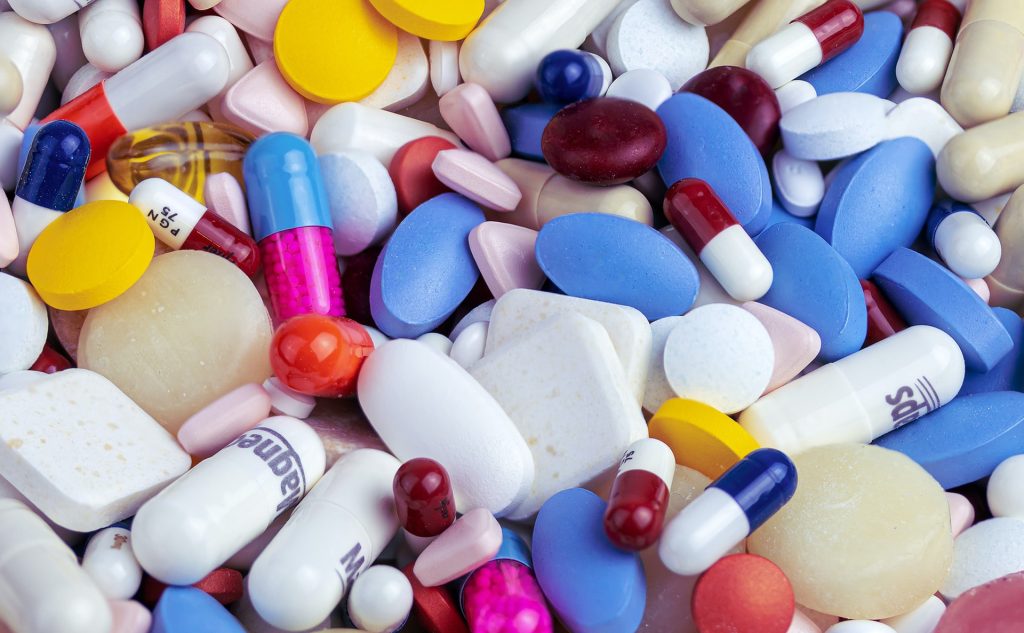
Pharmaceutical ingredients from both prescription and over-the-counter drugs find their way into the environment during their production, use and disposal. They readily contaminate bodies of surface water such as rivers and lakes. Results from a recent study published in Environmental Toxicology and Chemistry indicate that pharmaceutical pollution is a problem that is affecting the world’s rivers.
Approximately 43.5% of the 1052 locations that were assessed in the study across 104 countries had concerning concentrations of pharmaceutical ingredients. Twenty-three pharmaceutical ingredients occurred at concentrations that exceeded ‘safe’ concentrations, including substances from drug classes including antidepressants, antimicrobials, antihistamines, benzodiazepines, and painkillers.
“This is the first truly global assessment of the impacts of single pharmaceuticals and mixtures of pharmaceuticals in riverine systems,” said corresponding author Alejandra Bouzas-Monroy, a PhD student at the University of York. “Our findings show that a very high proportion of rivers around the world are at threat from pharmaceutical pollution. We should therefore be doing much more to reduce the emissions of these substances into the environment.”
Source: EurekAlert!

